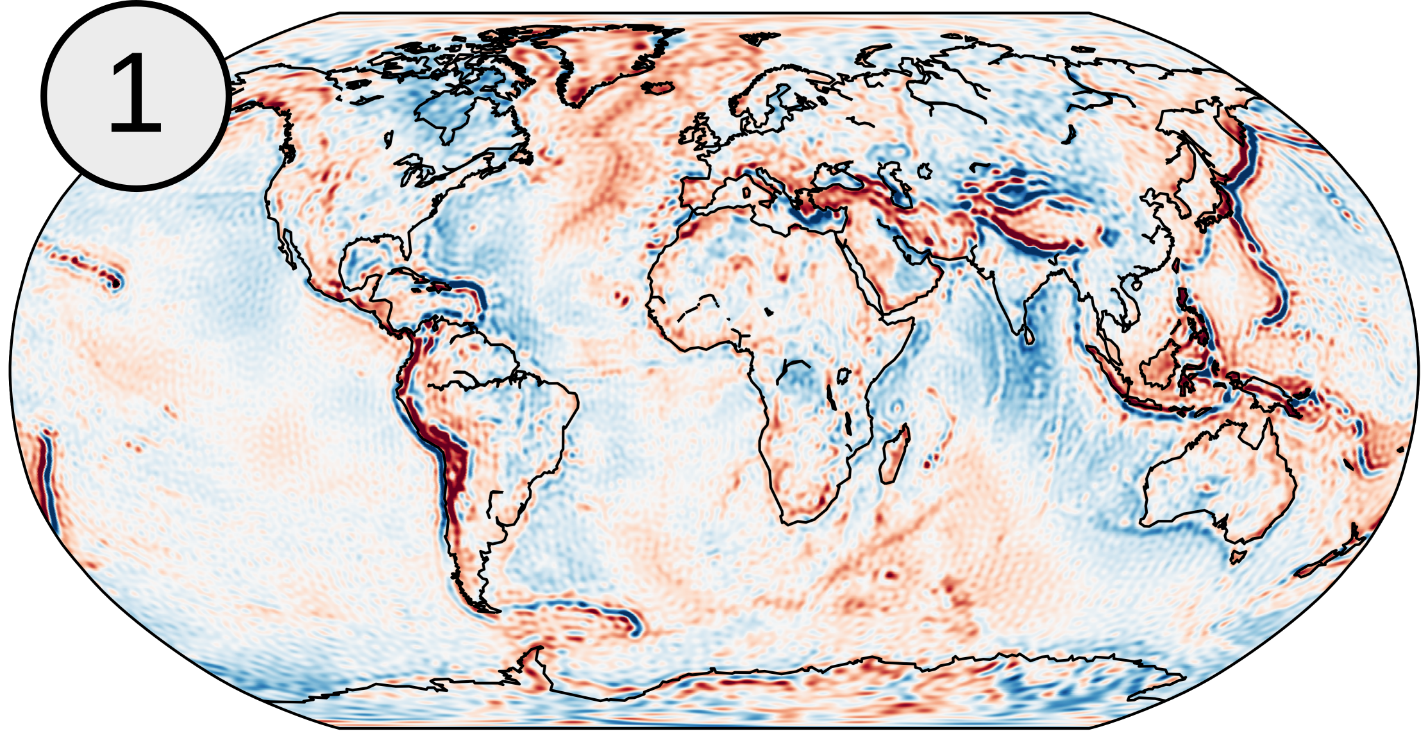EUResearch have featured the work of EGSIEM and it's coordinator in one of their regular Success Story items, you can read the article here.
Euresearch is the Swiss network mandated by the State Secretariat for Education, Research and Innovation providing targeted information, hands-on advice and transnational partnering related to European research and innovation programmes.

